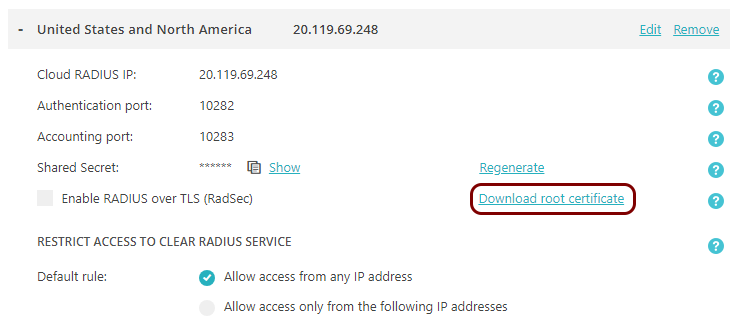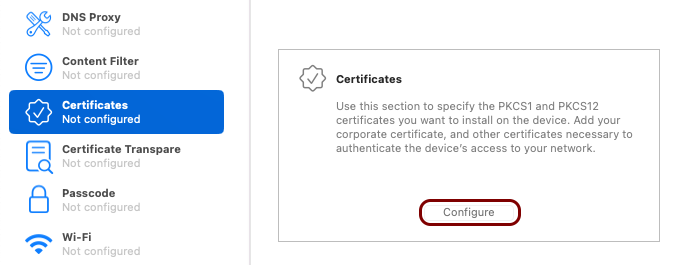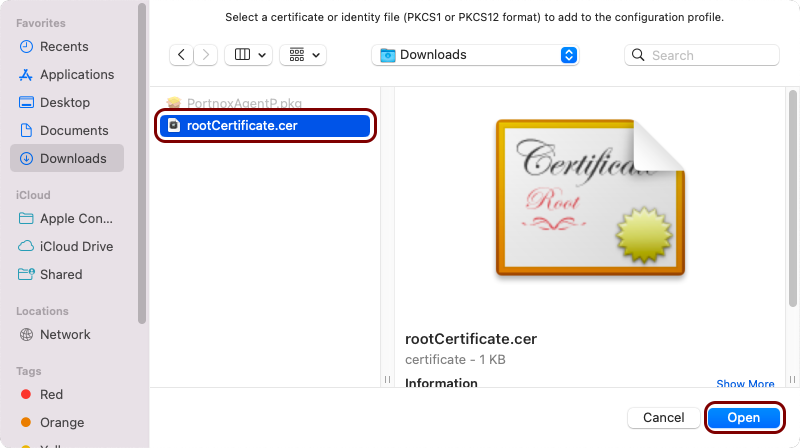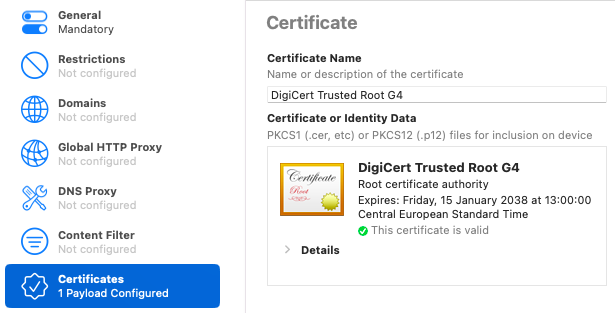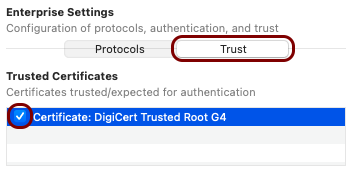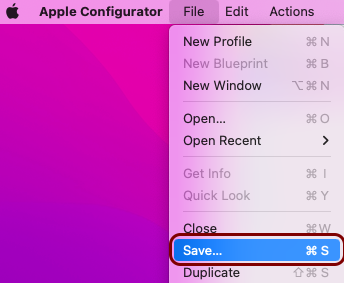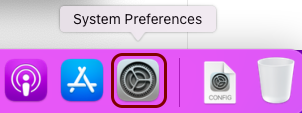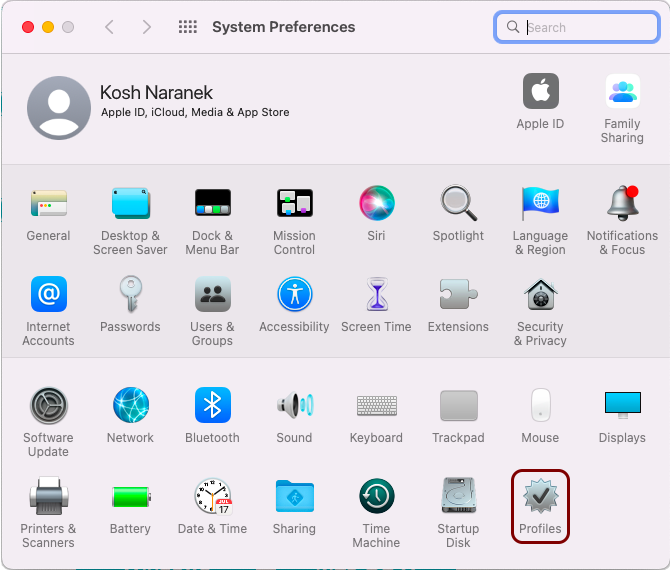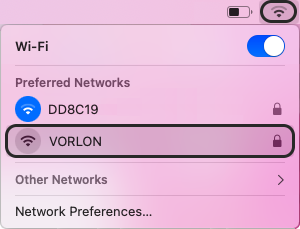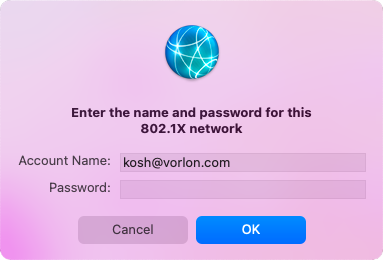Onboard a macOS device to a network with credentials
In this topic, you will learn how to onboard using credentials, a macOS computer with Apple Configurator, and a network managed by Portnox™ Cloud.
Download the root CA certificate
In this section, you will download the root CA certificate from Portnox™ Cloud, which is needed to create a profile.
Result: The root CA certificate file is in the Downloads folder on the local disk.
Install the Apple Configurator
In this section, you will download and install the Apple Configurator application from the App Store.
Result: The Apple Configurator application is installed and ready for use.
Create the Portnox Cloud profile using Apple Configurator
In this section, you will create an Apple profile with the root CA certificate and information about your network.
Result: The Portnox Cloud profile file is saved on the disk and ready for use.
Import the Portnox Cloud profile and connect to the network
In this section, you will import the newly created Portnox Cloud profile into macOS and test the network connections.
Result: Your macOS computer is connected to networks managed by Portnox Cloud.


Troubleshooting information: See the following topic: How to troubleshoot typical device onboarding issues.




